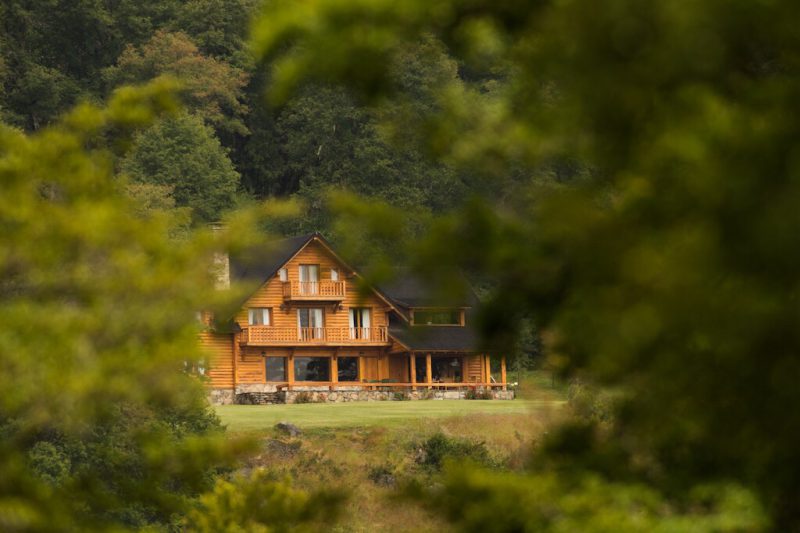Estancia is a Spanish term describing a large rural estate, with many similarities to the English term ranch. Unlike a hacienda, which could be any type of agricultural venture, estancias, most typically located in the southern South American grasslands, the pampas, have historically always been livestock (cattle or sheep) estates.
During the first centuries of Spanish colonial rule, cattle introduced by the Spanish roamed free and man undertook raids to catch and slaughter them. In the 19th century stationary ranching ventures started to form in the pampas, with permanent buildings and marked livestock with clearly defined ownership. They were called estancias, the term indicating the stationary, permanent character. The immigration of the Welsh to Argentina in the late 19th century added sheep ranching to the region.
The gaucho, the estancia’s ranch worker on horseback, stands as one of the best-known cultural symbols of Argentina. This rough, tough free-riding horseman of the pampas, a proud cousin of the North American cowboy, has been elevated to the level of myth, celebrated in both song and prose, well endowed with the virtues of strength, bravery, and honor.
Most estancias were founded early in the 20th century and follow a similar layout: a tree lined entry and main residential area (the trees forming a windbreak and the flat and often bare pampas), with a large main house in traditional criollo or imitation English, French, or Italian style, surrounded by gardens and lawns. In recent decades, agriculture has intensified as a profitable industry, and often shifted the estancias from livestock to crop farming. A small number of estancias, particularly those with historic architecture have been converted into guest ranches.
Patagonia’s best-kept secret, Caballadas is located to the north of Lanín National Park, the most secluded and scenic part of the Patagonia Lake District in Argentina. It offer the ultimate horseback riding, polo, and fly fishing experiences that Northern Patagonia has to offer.

